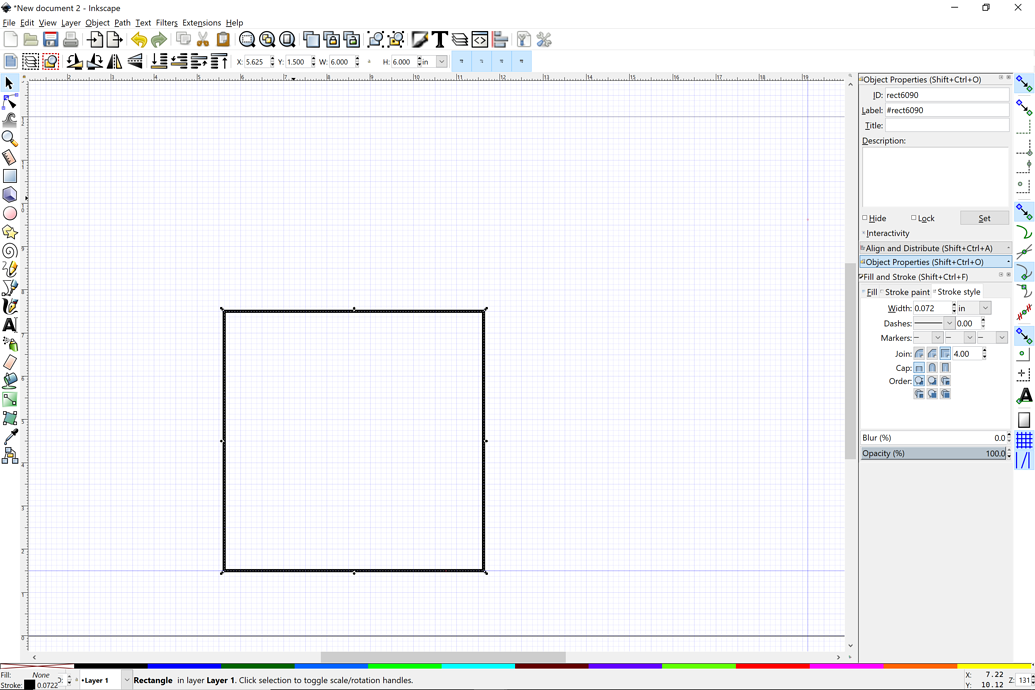
is there anything we can do about that? We could vectorize it. Well, look at it now, kinda grainy and the edges aren't as smooth as the smaller image. However, for what I'm doing, it needs to be bigger: For example, maybe I'm doing something for New Year's, and want to use this noise maker clipart:


The problem is, when I enlarge it to the size it needs to be, it gets all fuzzy. OK, say I'm creating a magazine cover and I just HAVE to use a certain piece of clipart. (Tip: Import the raster image into Inkscape, reduce its opacity and keep it in the background so you can match your colors and paths to it.Inkscape Tutorial: How To Vectorize A Bitmap This way, you won't suffer the loss of precision in corners and other small details that is otherwise nearly inevitable when retracing a low-resolution bitmap back into a vector image. Alternatively, for images with a small number of distinct colors (but potentially complex boundaries between them), you may get good results by first separating the different colors in a raster image editor (like GIMP) into separate images, tracing each of them in monochrome and then combining the pieces.įinally, if your image is indeed just text in a standard font with a small number of custom flourishes, you may get best results by retyping the text in the same font, converting it into a path and adding the flourishes manually.

This works best for images with simple color patterns, like a linear gradient running through the entire image. The quality of the results can be variable, especially for images with lots of gradients, anti-aliasing or compression artifacts, but for a simple image with just a bunch of different colored letters, it should work pretty well.Īnother option would be to trace the image in black and white, and then recolor it in Inkscape. Just select "Colors" in the Trace Bitmap dialog, and adjust the number of scans to match the number of colors in the image. You totally can trace a color image in Inkscape.


 0 kommentar(er)
0 kommentar(er)
